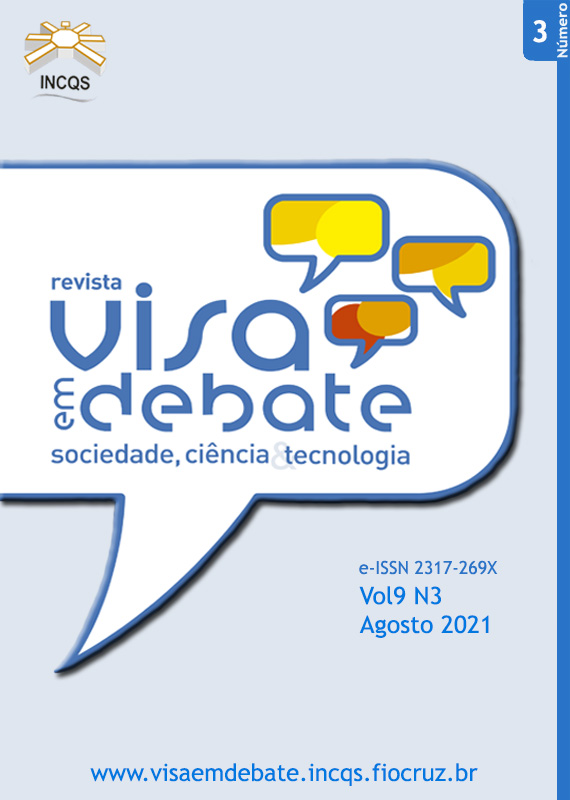Determination of total arsenic and its chemical speciation in ricebased gluten-free products
DOI:
https://doi.org/10.22239/2317-269X.01803Keywords:
Arsenic in Rice-Based Foods; Arsenic in Non-Gluten Food; Rice Flour; Arsenic Chemical Speciation; Arsenic DeterminationAbstract
Introduction: Arsenic (As) is a chemical element known to be carcinogenic and capable of contaminating humans through water and food. Among foods, rice has significant importance due to its high consumption and capacity to accumulate As under its various chemical species, which determine As biological effects. For this reason, the intake of this element is regulated nationally and internationally. As different arsenical species have different toxicities, it is important to determine each one in the food. Objective:This study aimed to verify the existence and measure the significance of matrix effects on the results of chemical speciation in samples of rice-based products. Method: The total As concentration
in the 15 samples of products derived from rice were analyzed by ICP/MS and the chemical speciation by HPLC-ICP/MS. Results:The total As concentrations were between 31.6 and 311.6 mg kg-1 and 2 samples were above the recommended limits. The chemical species As (II), MMA, DMA and As (V) were determined and the sum of their concentrations produced results compatible with the declared values in certified materials and with the total As in products with simple composition. However, greater variability (13 to 97%) was observed in samples containing proteins, fibers, carbohydrates and fats. Conclusions: The presence of fibers, proteins, fats and carbohydrates in the food formulation negatively impacted the results and confirms the need for further studies to overcome these interferences.
Downloads
Downloads
Published
Issue
Section
License
Copyright (c) 2021 Health Surveillance under Debate: Society, Science & Technology (Vigilância Sanitária em Debate: Sociedade, Ciência & Tecnología) – “Visa em Debate”

This work is licensed under a Creative Commons Attribution-NonCommercial 4.0 International License.
COPYRIGHT ALLOWANCE The author (s) hereinafter designated as the ASSIGNOR hereby assign and transfer, free of charge, the ownership of the copyrights related to this ARTICLE to the Vigilância Sanitária em Debate: Sociedade, Ciência & Tecnologia (Health Surveillance under Debate: Society, Science & Technology) – Visa em Debate, represented by FUNDAÇÃO OSWALDO CRUZ, established at Av. Brasil, nº 4365, Manguinhos, Rio de Janeiro, RJ, Brazil, CEP 21045-900, under the conditions set out below: (a) The terms and conditions set forth in this Agreement shall apply to the following: 1. The ASSIGNOR declares that they s(he) is (are) the author (s) and owner (s) of the copyrighted property of the ARTICLE submitted. 2. The ASSIGNOR declares that the ARTICLE does not infringe the copyrights and / or other property rights of third parties, that the disclosure of images (if any) has been authorized and that they s(he) assume(s) full moral and / or property liability for its content, before third parties. 3. THE ASSIGNOR assigns and transfers all copyrights relating to the ARTICLE to the ASSIGNEE, especially the rights of editing, publication, translation into another language and reproduction by any process or technique. The ASSIGNEE becomes the exclusive owner of the rights related to the ARTICLE, and any reproduction, totally or partially, is prohibited in any other means of publicity, printed or electronic, without prior written authorization from the ASSIGNEE. 4. The assignment is free and, therefore, there will be no remuneration for the use of the ARTICLE by the ASSIGNEE.







